Toys Are Us: The Japanese Village Where Dolls Outnumber People
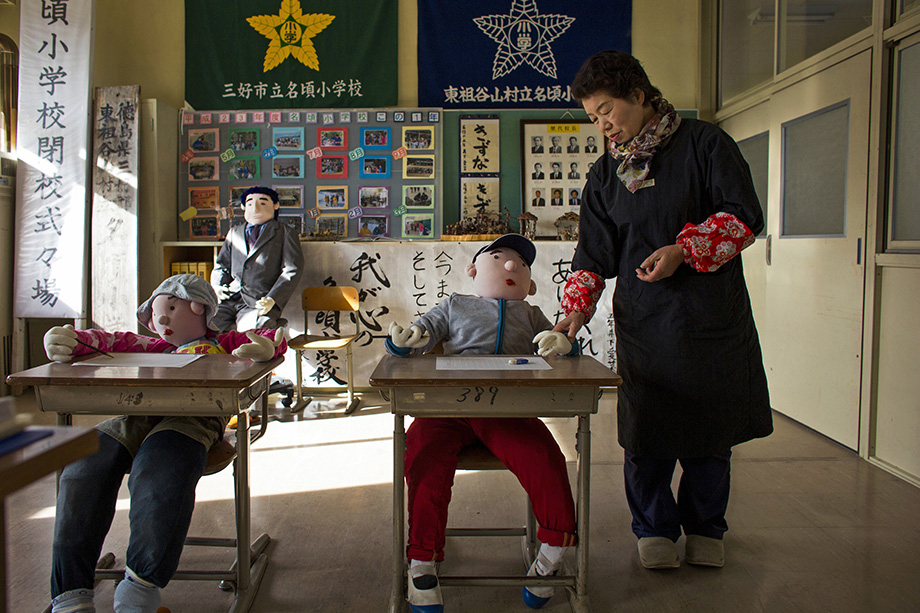
Photo by Thomas Peter/Reuters
Atlas Obscura on Slate is a blog about the world’s hidden wonders. Like us on Facebook and Tumblr, or follow us on Twitter.
While the tiny Japanese village of Nagoro continues to shrink in the face of aging and industry, its population has managed to stay nearly constant thanks to one local artist who has set about creating life-size doll replicas of the residents as they move away or die.
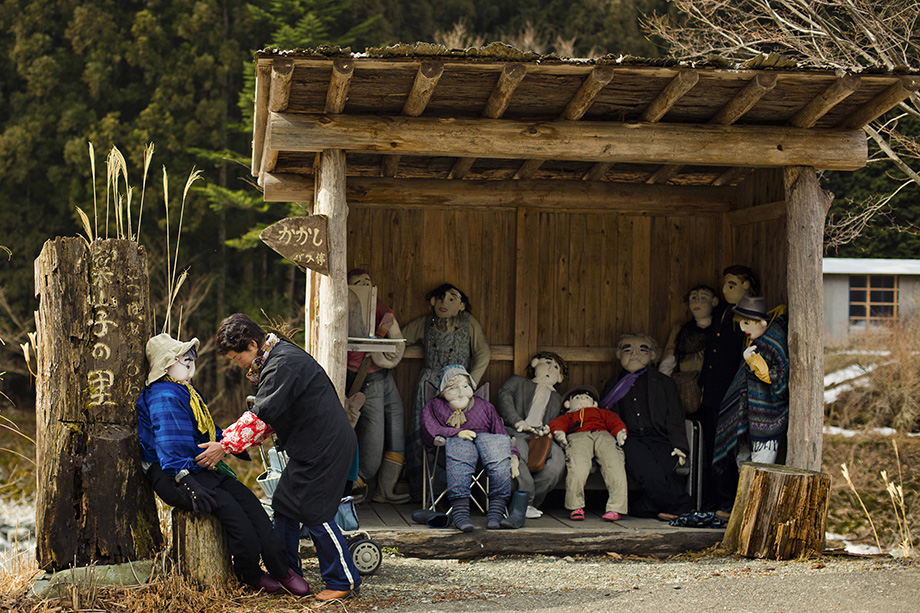
Photo by Thomas Peter/Reuters
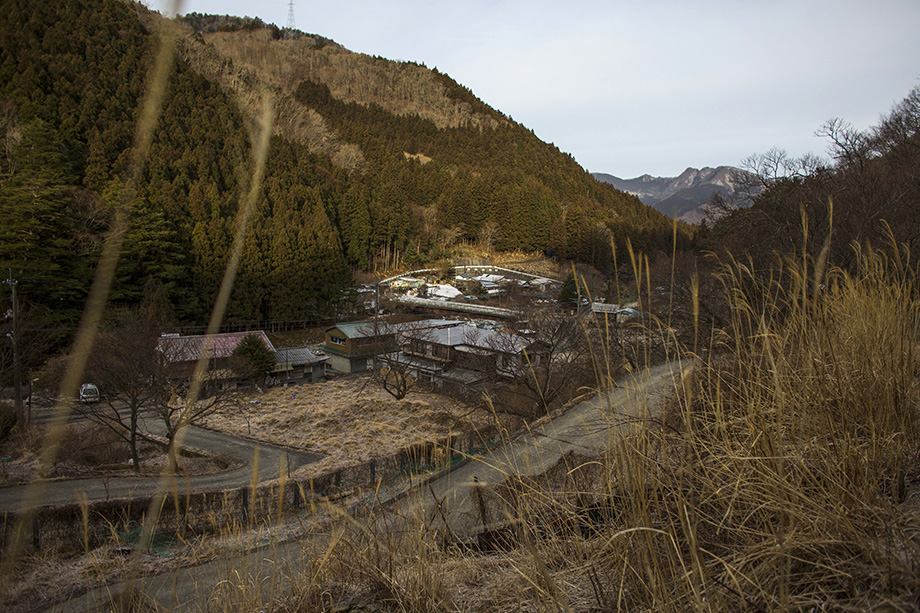
Photo by Thomas Peter/Reuters
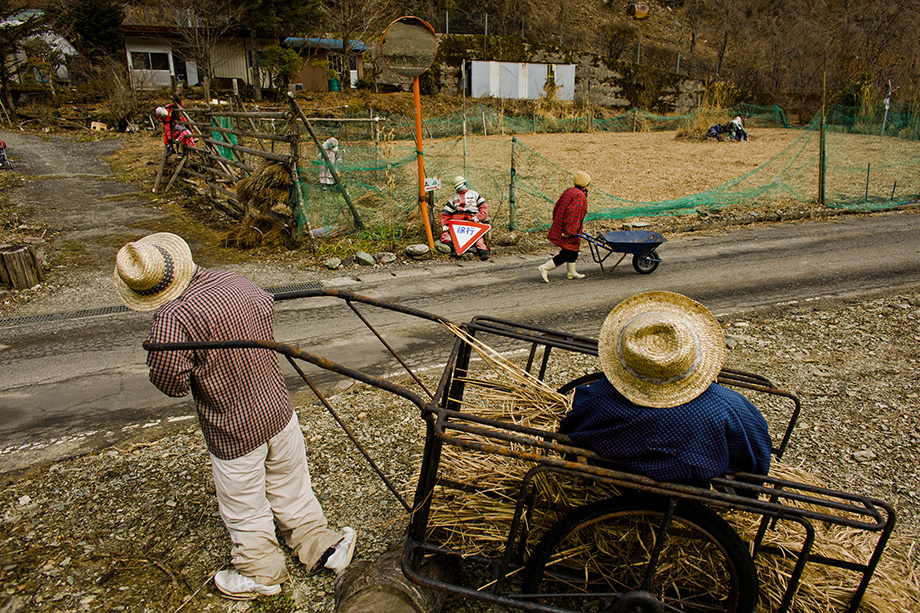
Photo by Thomas Peter/Reuters
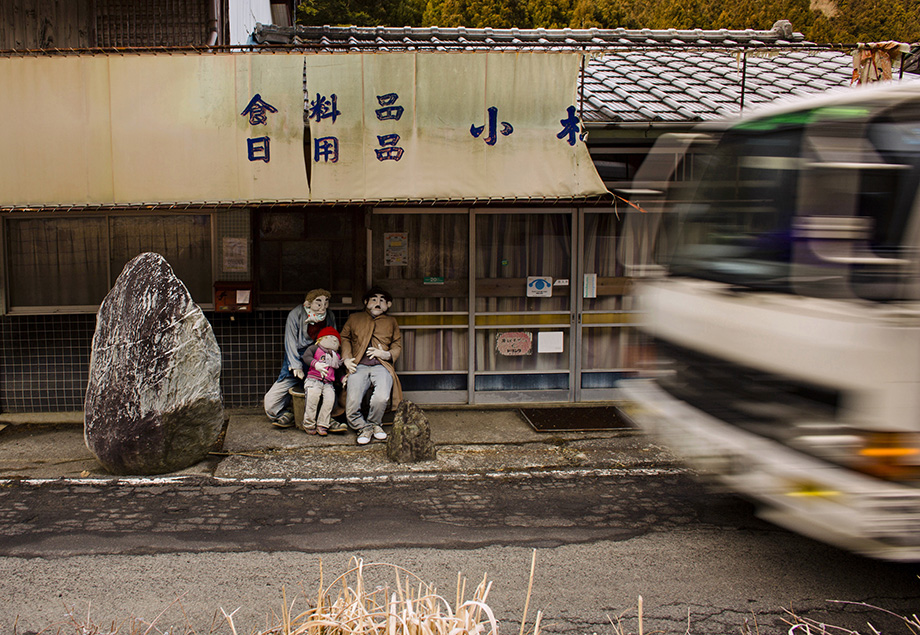
Photo by Thomas Peter/Reuters
When Japanese artist Tsukimi Ayano moved back to the little village where she was born, she found that many of her neighbors were moving out to bigger cities and the ones who were staying were often not long for the world. Faced with the slow death of the village she so loved, Ayano had an epiphany one day after creating a garden scarecrow (or kakashi) that was meant to look like her late father: Why stop there? Ayano began crafting other life-size dolls modeled on former locals, placing them all around the village in various states of action as their human counterparts would die or move off.
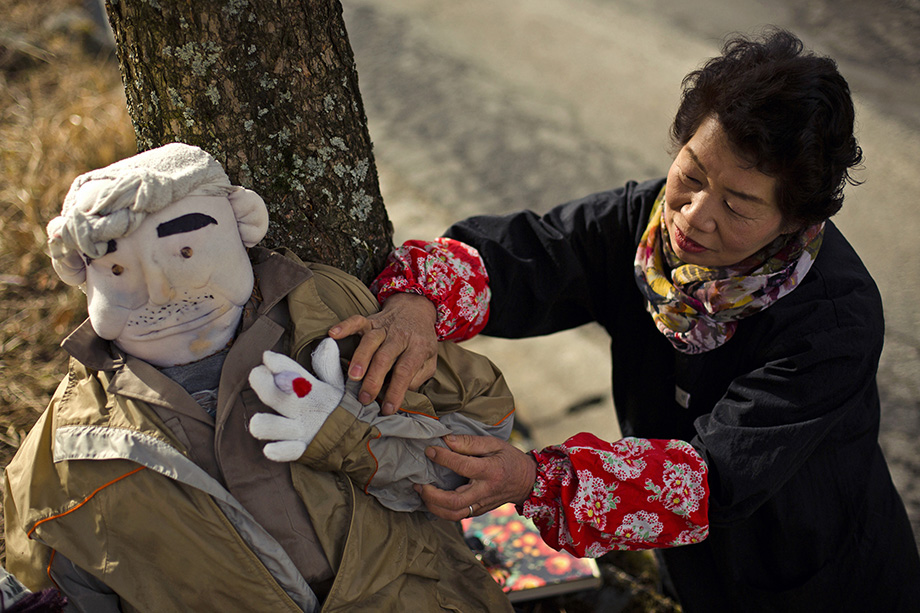
Photo by Thomas Peter/Reuters
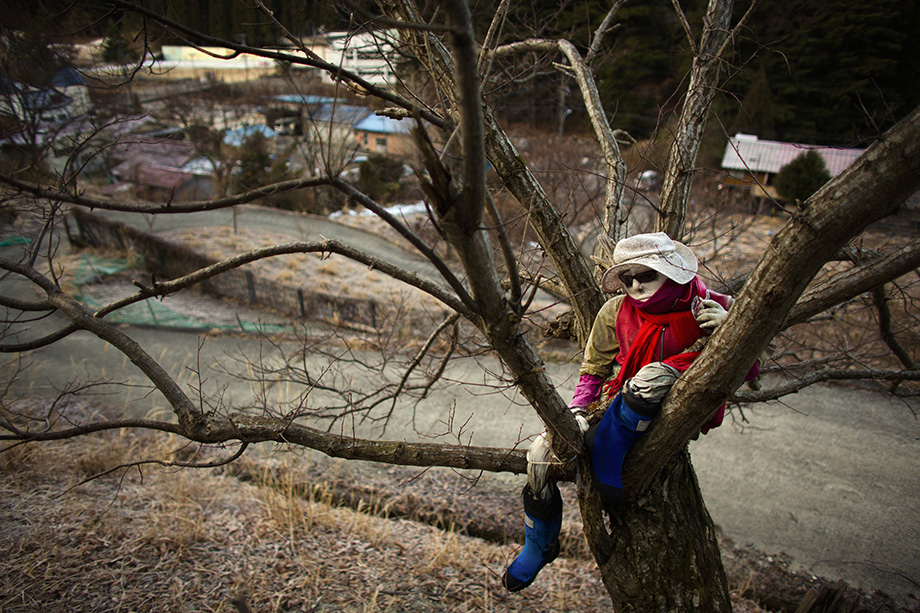
Photo by Thomas Peter/Reuters
After continuously crafting these cloth doppelgangers for over a decade, she now has about 350 of the toy citizens. From random utility workers posed in the middle of a road repair to leisurely fishermen forever waiting for their catch on a riverbank to an entire classroom filled with lifeless pupils silently attending to their cotton-faced teachers, the village has become a fascinating (if slightly unsettling) toyland.
Ayano continues to tend to her creations, repairing damaged figures and always crafting new ones. With fewer than 40 breathing humans left in the residential community, Nagoro has become a strange fairyland inspired by loss, progress, and mainly, dolls.
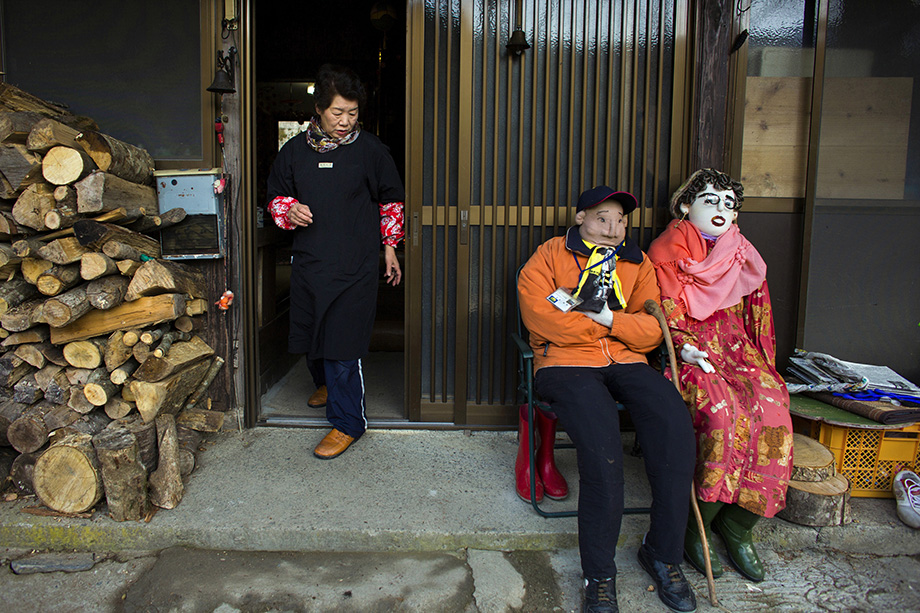
Photo by Thomas Peter/Reuters
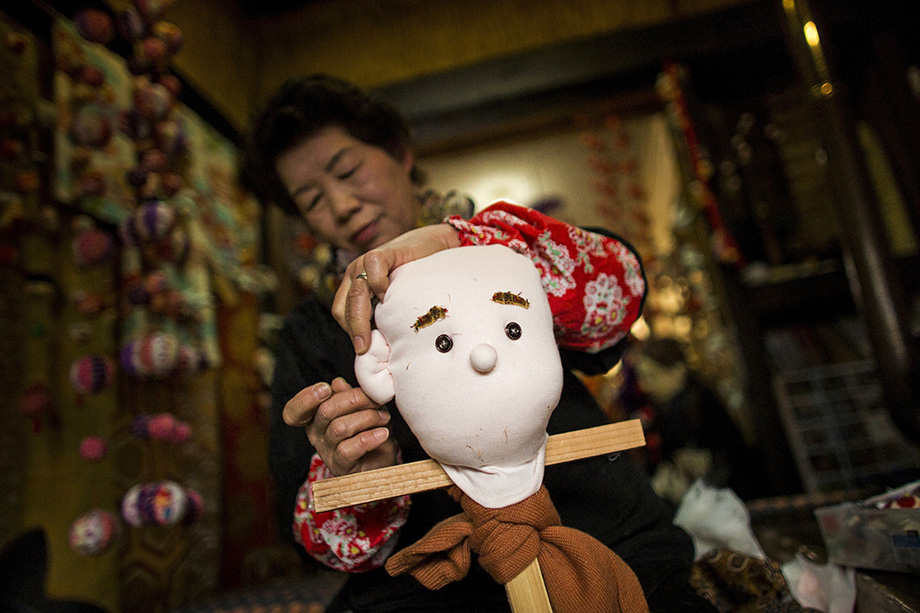
Photo by Thomas Peter/Reuters
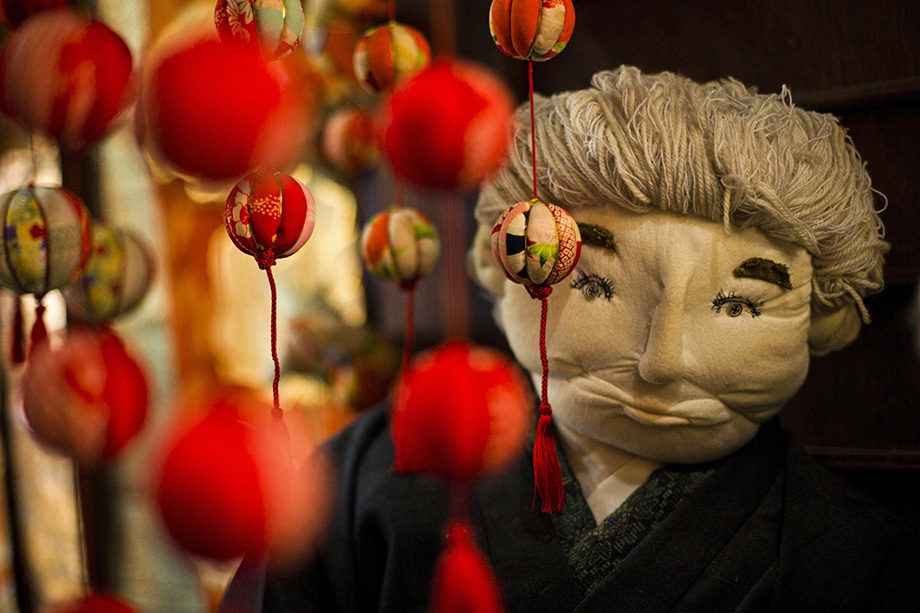
Photo by Thomas Peter/Reuters
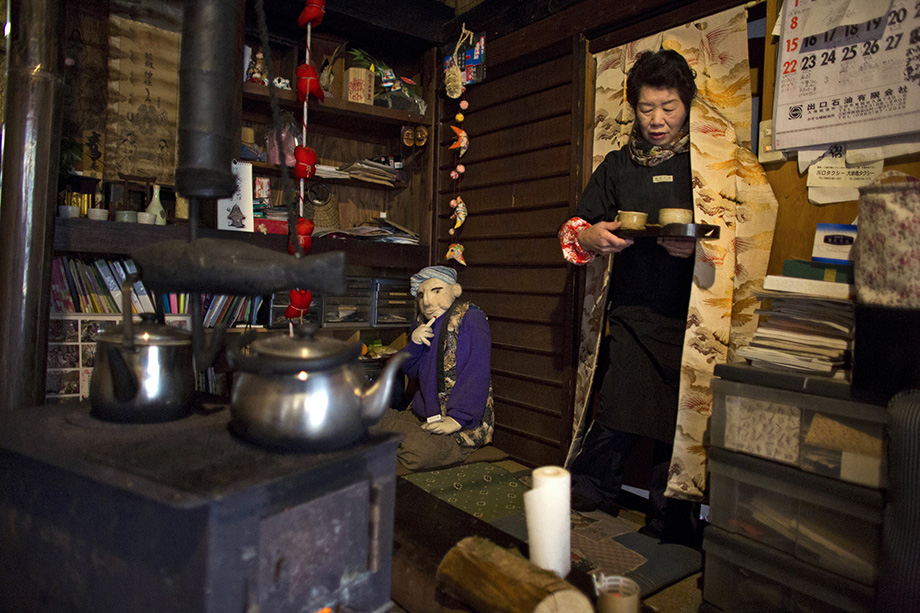
Photo by Thomas Peter/Reuters
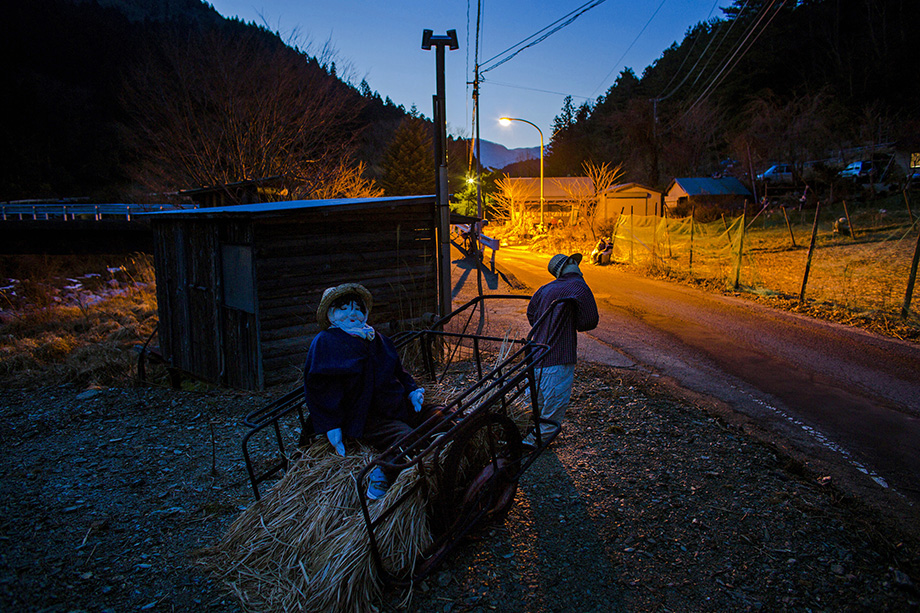
Photo by Thomas Peter/Reuters
More incredible places around the world:
